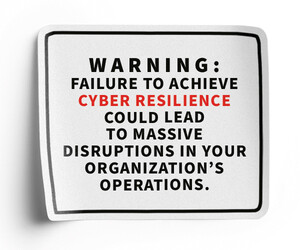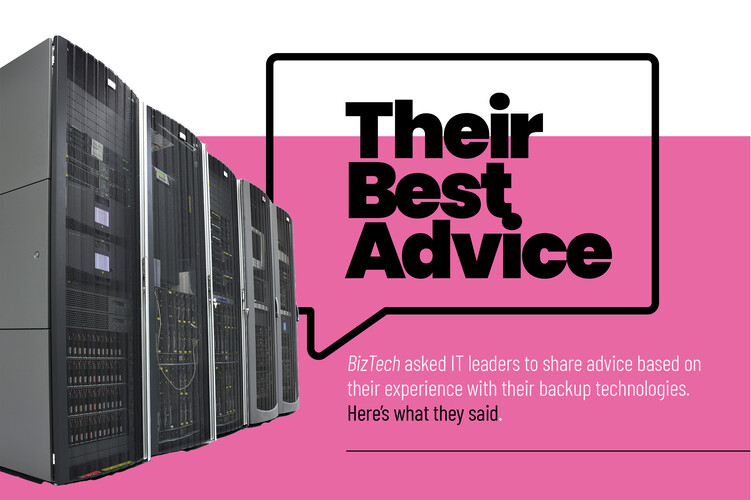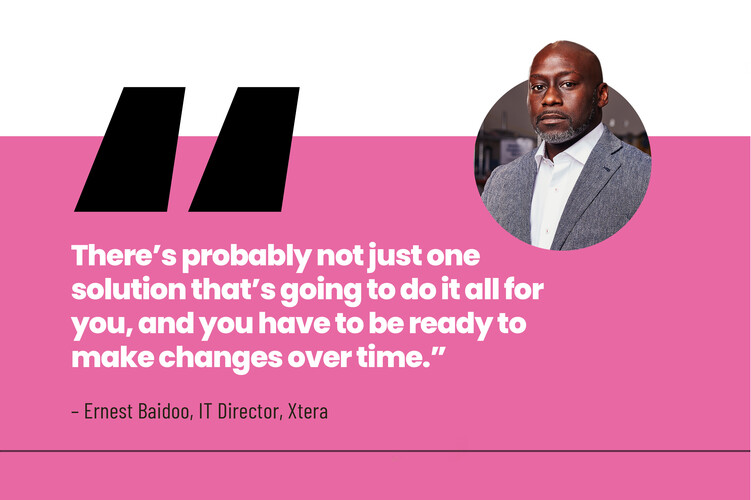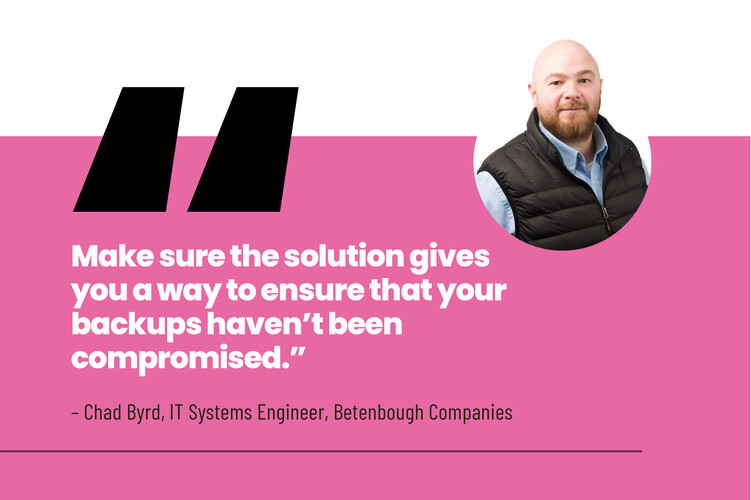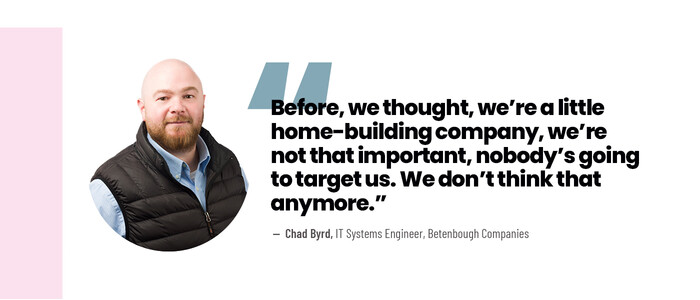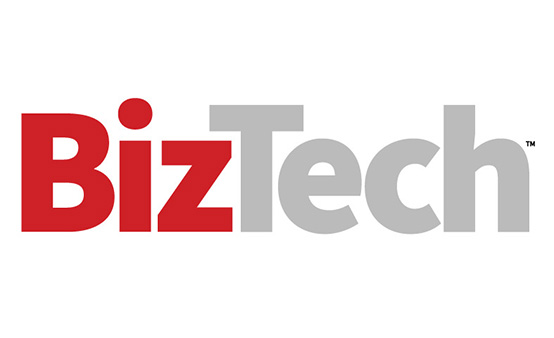“In a worst-case scenario — if Armageddon happens — we know we’ll be able to get our data,” Baidoo says. The solution combines NetApp network-attached storage servers with backup technology from Veeam. The Veeam software connects to the company’s file shares and virtual machines to create snapshot copies of the data on those systems. These backups are then sent to Xtera’s NAS servers, which replicate the data to the cloud and to other NetApp systems on-premises and offsite.
Baidoo receives regular emailed reports from Veeam to verify that his backups are running correctly, and NetApp sends him an alert if any links between servers need his attention. “With security, it’s not one thing that’s going to help you sleep at night,” he says, “but it’s good to know that your systems are working.”
When Xtera was hit with ransomware targeting a security vulnerability in one of its products in 2021, it was this backup solution that ultimately prevented the attackers from getting what they wanted. “It could have been a lot worse than it was,” Baidoo remembers. “We lost a few hours of work at one site, but our backups were ready, and our data was safe.”
WATCH: Uncover the good, the bad and the future of artificial intelligence security.
How To Develop a Comprehensive Backup Strategy
A 2024 survey of more than 1,000 IT leaders by Commvault found that 83% of organizations had experienced a material security breach, with half occurring within the year prior. “It’s no longer about whether the attackers will get through,” says Bob Arnold, president of Disaster Recovery Journal. “When that intrusion happens, what are you going to do about it?”
While businesses face a variety of data-loss threats, from accidental deletions to hardware failures and natural disasters, it’s the growing threat of ransomware that has company IT leaders most concerned, Arnold notes. By one estimate, about a third of all data breaches now involve ransomware and similar forms of cyber extortion. “Without a comprehensive backup strategy in place, you’re not protected,” he says.
The best solutions, Arnold explains, combine air-gapping and immutability. The approach leverages zero-trust user authentication measures to prevent data from being altered or deleted, and doubles down with physical isolation of the backed-up data in a storage system separated from the main network. He also suggests fortifying business continuity strategies through information sharing with industry peers and recommends working with company executives and employees to “continually improve and foster a culture of preparedness.”






